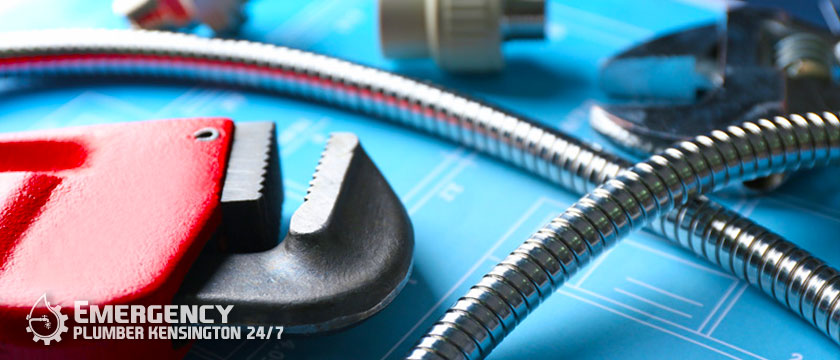
20 Jan. 22
How to Remove and Prevent Limescale
If you live in a hard water area, you should consider installing a water softener to reduce limescale buildup.
Ion exchange is the process by which water softeners work. This effectively removes calcium and magnesium minerals from the water supply, converting hard water to soft water. They accomplish this by attracting minerals in hard water and replacing them with sodium ions using negatively charged polymer resin beads.
When this process is finished, water softeners will pass a salt water solution through the resin beads to detach the minerals they captured. This is referred to as regeneration.
Check your water softener at least once a month to ensure it has enough salt to function properly.
Set up a salt-free water softener.
If you’re looking for a less expensive and more compact alternative to traditional salt-based water softeners, a salt-free water softener should be considered.
These systems, like traditional water softeners, are effective at preventing limescale. They do not soften water in the same way that traditional water softeners do.
Rather than removing calcium and magnesium minerals from water, as traditional water softeners do, salt-free water softeners neutralize these minerals by altering their chemical structure, preventing them from attaching to surfaces.
These water softeners have the advantage of removing limescale while being less expensive and easier to maintain than traditional water softeners. They do, however, imply that you will not be able to reap the other benefits of having soft water. This includes softer hair, skin, and clothes, as well as less soap and detergent use.
Salt-free water softeners, on the other hand, may be a better option if all you want to do is reduce limescale.
Regularly clean your appliances.
You’ll need to clean and maintain your appliances on a regular basis to avoid stubborn limescale buildup.
We recommend wiping down all wet fittings after each use, paying special attention to areas where water can collect, such as showers, sinks, and baths. Keeping items dry prevents limescale formation by preventing water from evaporating and leaving mineral deposits.
You should deal with limescale as soon as you notice it forming, and ideally, you should clean at least once a week to keep it from accumulating.
Make your own limescale remover.
Make your own DIY limescale remover to stay on top of your cleaning routine.
Simply combine 1 part white vinegar and 1 part water. Spray this mixture on limescale-infested areas, or soak a clean tea towel in it and wrap it tightly around the fitting.
Allow at least 10 minutes for the solution to sit (increase this to several hours or leave overnight for particularly stubborn patches). Wipe the solution away with a clean cloth. To mask the strong vinegar odor, we recommend using a fragranced spray afterward.
You could also try scraping away extra tough areas with an old toothbrush or even a metal spoon. However, you should do so at your own risk because it can scratch surfaces.
If you need more information on what to do if limescale is taking over your property, call your Emergency Plumbing services Kensington.


